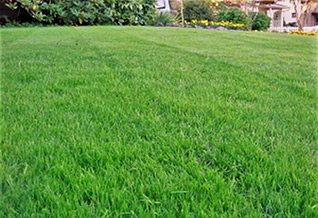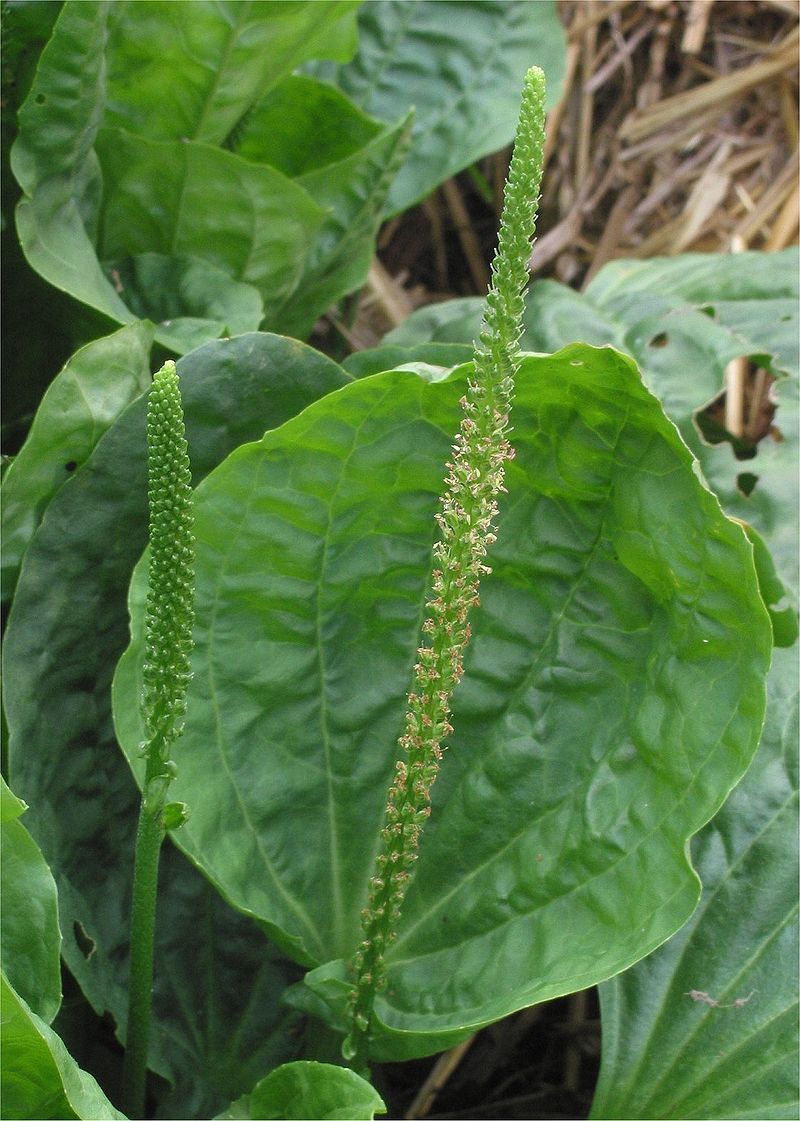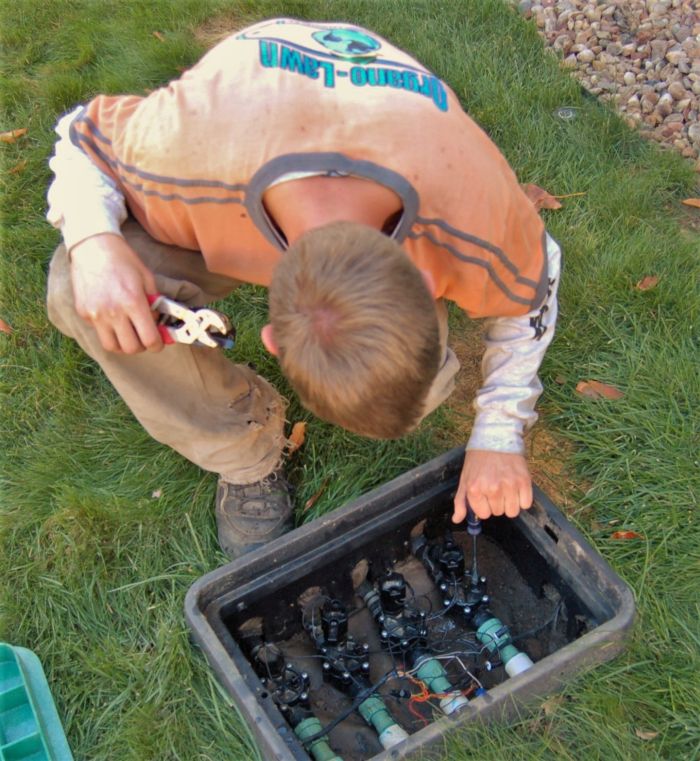“Corn gluten meal doesn’t work.” Wait, what?
Corn gluten meal is an important tool for organic gardening is it the “Holy Grail” and will solve all of your weed problems? No, but Corn gluten meal can work great when used properly or it can be very frustrating if used incorrectly? People want to use natural lawn care products to make their lawn look great, but they also want it to work!What is Corn Gluten Meal?
Corn gluten meal is a byproduct of the corn syrup production; it is edible and is most commonly used in animal and pet feed as an inexpensive protein source. Corn gluten meal was first patented as a weed control by Iowa State University and Dr. Nick Christians in 1991. Even though the word “gluten” is used in the product name there is neither gliadin nor glutenin in corn gluten meal. Organo-Lawn has been using a product called Synergy with corn gluten meal since 1997 and we get fantastic results from our applications. Corn gluten meal has been a tool used by Organo-Lawn and organic gardeners as a natural weed control for many years, but many people still struggle with getting consistent results.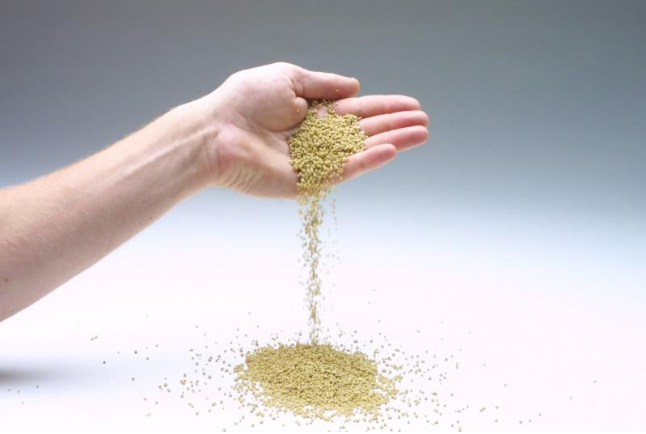
There are 5 main reasons as to why you might not be getting the best results from your corn gluten meal applications:
#1 – Not Applying Corn Gluten Meal Heavy Enough
I have had many homeowners say, “your corn gluten meal application works so much better than the one I did myself.” They proceed to take me to their garage or shed and show me a small 20 pound bag of CGM that is half used and they say I applied this last year and I had tons of weeds. I tell them that the entire 20 pound bag would only cover about 1/5th of their entire lawn. That is when their eyes get big, they laugh out loud and say something like, “oh, so I didn’t use nearly enough.” For corn gluten meal to control weeds, it needs to be applied at 20 pounds per 1000 square feet. This is a very heavy application rate, especially compared to a chemical fertilizer, which typically has an application rate of 2-3 lbs per 1000 square feet. Most broadcast spreaders are not designed to apply corn gluten meal and even at the highest setting they cannot apply at a 20 pounds per 1000 square feet rate. Therefore, multiple passes may be necessary for certain spreaders.
#2 – Applied the Corn Gluten Meal Too Late In the Season
Many homeowners make the same mistake. In late spring the man of the house looks at their lawn and notices there are a lot of yellow dandelions growing. Not liking these unwanted intruders, he yells to his wife, “Honey, I am going to go to the store and get some dandelion control.” She yells back, “Make sure it is safe for the kids and dog!” He yells back, “Of course honey!” He then hops in his car and heads to the local hardware store or nursery and picks up the only product on the shelf that says organic weed control, which is a bag of corn gluten meal. He heads back and applies the product at the 20 pounds per 1000 square foot rate and a week later there are 1000’s of dandelions! So why didn’t the corn gluten meal work? Simple, if you are already seeing dandelions growing in the lawn, then it is too late for corn gluten meal! Corn gluten meal is a pre-emergent weed control and fertilizer, which means it needs to be applied prior to the weeds germinating. In Colorado, depending on the weather, the majority of the dandelions start to germinate around April 15th and the peak dandelion season is around May 1st. As long as there isn’t snow on the ground we recommend applying corn gluten meal as soon as March 1st and we continue to apply the product up to April 10th. The earlier in the season that we corn gluten meal is applied, the better it will control weeds!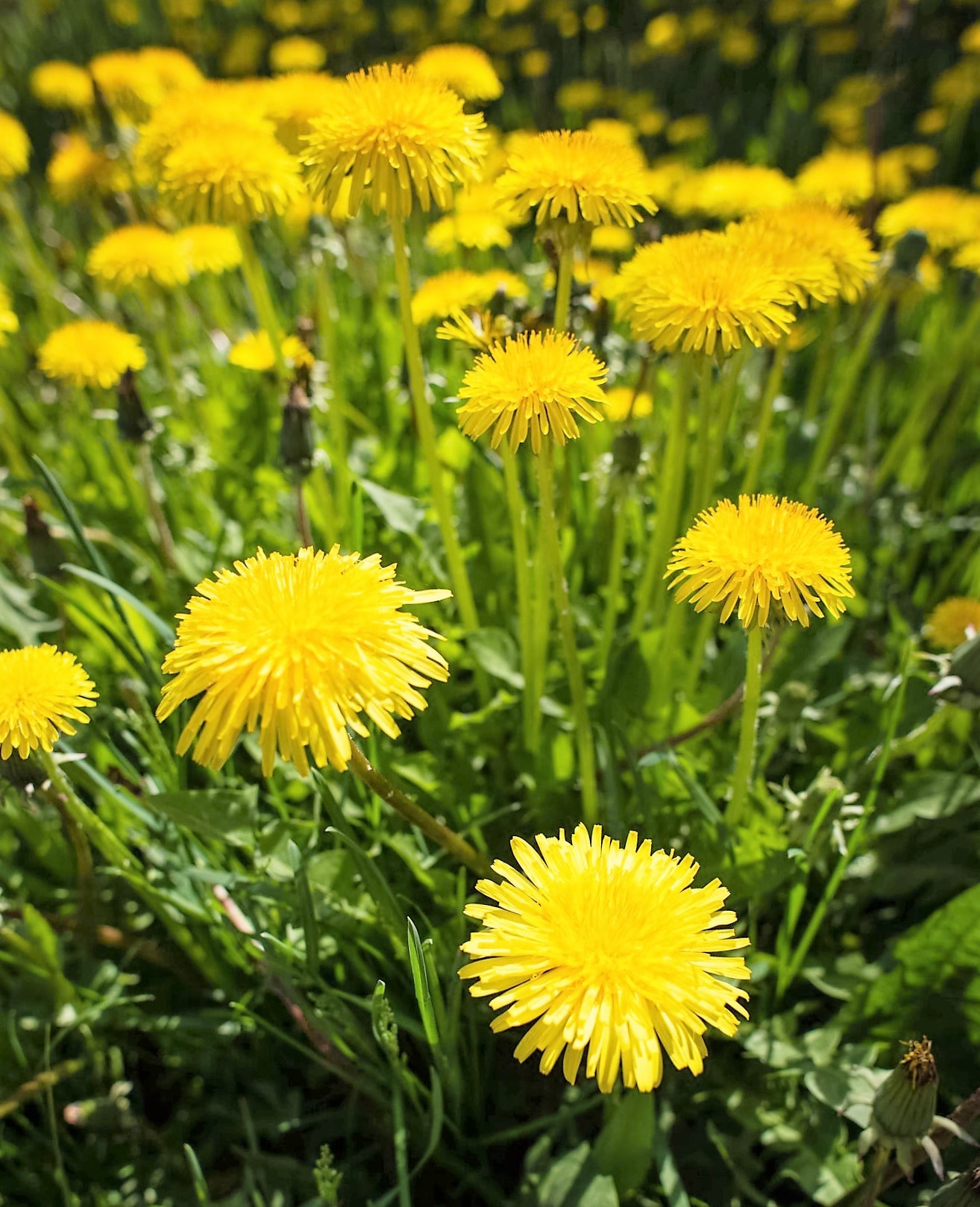
#3 – There are Two Types of Corn Gluten Meal
There are two types of corn gluten meal? Yes, and most organic gardening experts don’t even know this fact. There is a more expensive corn gluten meal that is 60% protein and there is a less expensive corn gluten meal that is 20% protein, yet they have the exact same name. There is a huge price difference between the two different types of corn gluten meal products. Some manufacturers will use the much less expensive 20% CGM or mix in a 50%/50% blend to save money, but the results will be vastly different. A 60% protein corn gluten meal product will control weeds when applied at a 20 pounds per 1000 square feet rate. Yet the 20% protein corn gluten meal will only control weeds if applied at 60 pounds per 1000 square feet. Unfortunately, there is no way to tell from an ingredient list if the corn gluten meal used in a product is 20% protein or 60% protein. At Organo-Lawn we make sure that the corn gluten meal we use in our Synergy product is a 60% protein CGM.#4 – The Bonding Agent Used to Pelletize the CGM is Very Important!
What does a bonding agent have to do with weed control? A bonding agent is the product used to hold the powder form of corn gluten meal into a granule or pellet so it can be spread easily and evenly. If the bonding agent is too strong then the corn gluten meal will take a long time to get into the soil.The easiest and least expensive way to granulate a product like corn gluten meal is to go to a animal feed processor where they can turn the powder form of corn gluten meal into game pellets. The bonding agents typically used in animal feed products are starch based and will hold the granule very tight, but they are not very water soluble and are designed to break up when they are chewed.
Starch based bonding agents are a major problem if they are used in a lawn care corn gluten meal. As explained earlier, corn gluten meal needs to be applied to a lawn before weeds germinate. The problem is that to get the best weed control results the corn gluten meal needs to be watered into the soil after the application; however, in Colorado it is too cold to turn on a sprinkler system in March. Therefore, after a spring application, most people wait for rain or snow from Mother Nature to push the corn gluten meal into the soil. If the granule is starch based it might take 4 or 5 rain or snow storms to break up the granule and get it into the soil. Mother Nature might not cooperate and by the time it rains 4 or 5 times it might be too late and the weeds have already germinated. This is why Organo-Lawn’s product Synergy is bonded with sugar instead of starch. Therefore, after the application is completed even a small rain or snow storm will dissolve the sugar that bonds the granules and the corn gluten meal will start working.
#5 – Corn Gluten Meal Will Only Prevents Weed Seeds from Germinating
- Annual weeds have a 1-year life cycle. They germinate from a seed, emerge, they produce a flower stalk, flowers, set seeds (usually a lot of seeds), mature, and then dies. Examples of annual weeds include: Chickweed, Hairy Bittercress, Yellow Oxalis, Lambs Quarters.
- Biennial weeds have a 2-year life cycle. They germinate from a seed, emerge usually form a rosette radial cluster of leaves close to the ground, in the first year. The second year, the plant produces a flower stalk, flowers, sets seed, matures, then dies. Examples of biennial weeds include: Bull Thistle and Common Mullein.
- Perennial weeds live longer than 2 years. They germinate from seed, emerge, and may or may not develop a flower the first year. Then the plant will die back every autumn and winter, and then return in the spring from their existing root system or rootstock. Examples of perennial weeds include: Bindweed, Dandelion, Canada Thistle, and Plantain.
- Year 1: 60% control rate on weeds
- Year 2: 70% control rate on weeds
- Year 3: 80% control rate on weeds
- Year 4: 90% control rate on weeds
- Year 5+: 90%+ control rate on weeds


